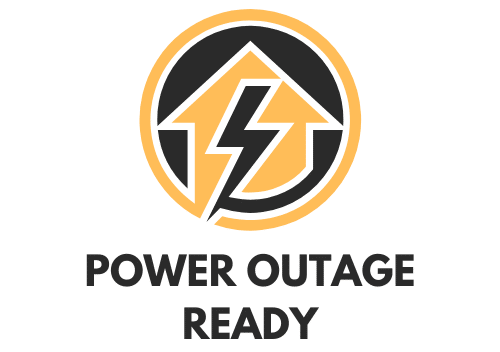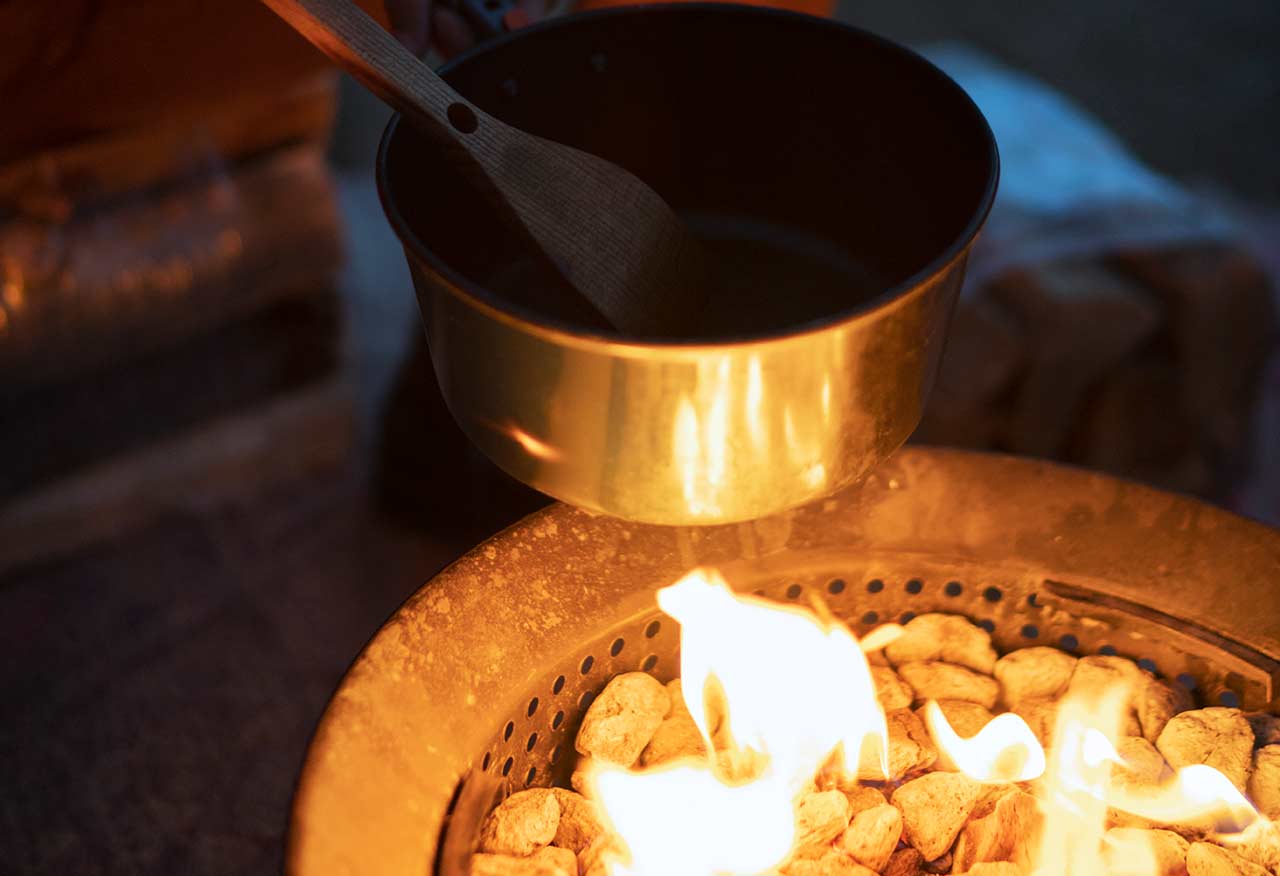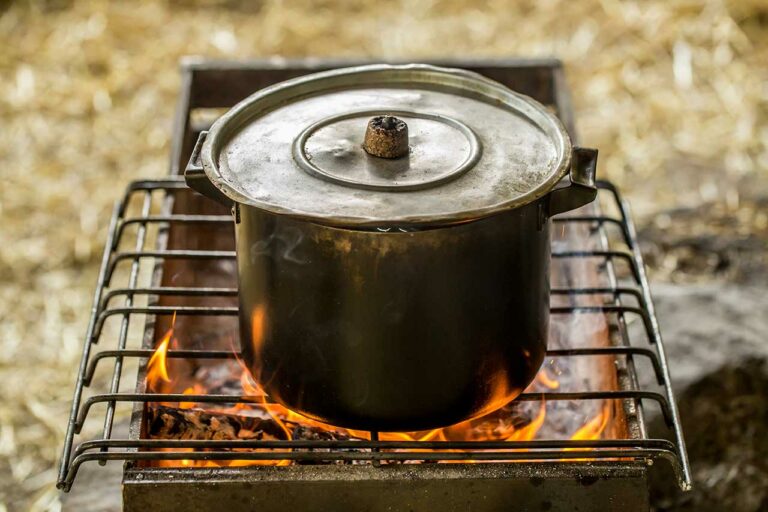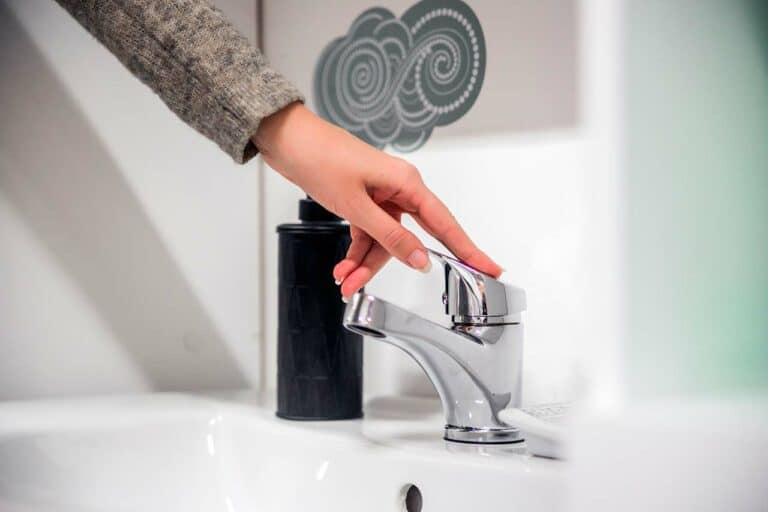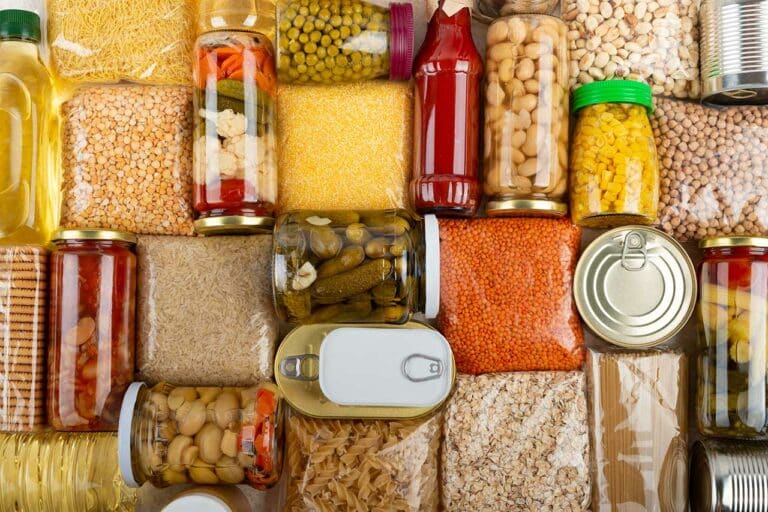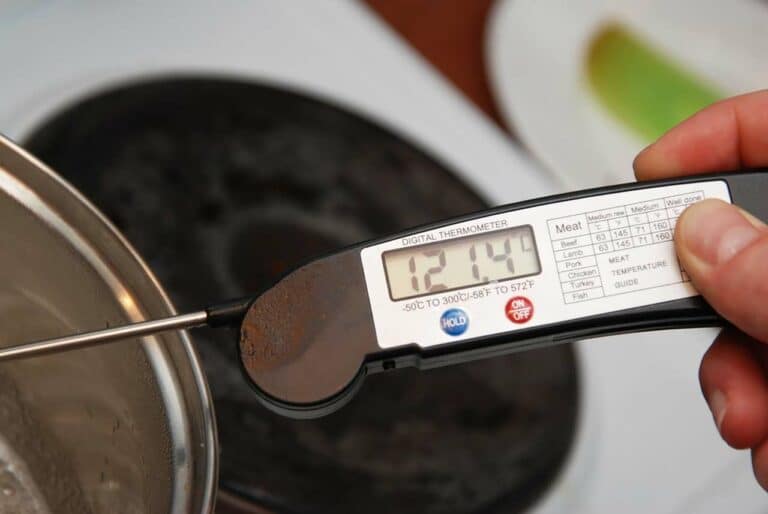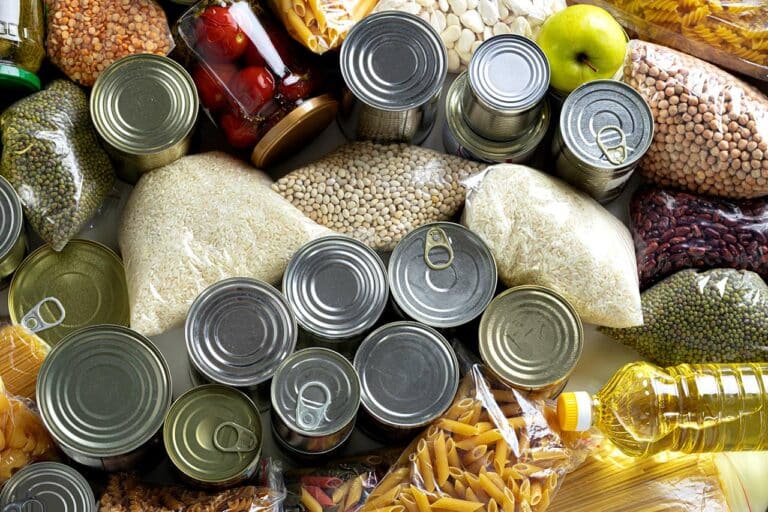Can You Cook In A Fireplace? (Read This First)
Ever wondered if you can cook in your fireplace during a power outage? Well, guess what? In most cases, you can. Cooking in an indoor fireplace isn’t just a fun and cozy activity; it’s a very reasonable option when you face an emergency situation like a power outage. Your fireplace, often overlooked as a decorative centerpiece, can transform into a crucial culinary asset during emergencies.
Indoor fireplace cooking allows you to grill, skewer, and simmer a variety of delicious foods. It’s a great way to make something already in your home — your fireplace — work for you in the event of blackout.
Benefits of Cooking in a Fireplace
Cooking in a fireplace is one way to utilize an alternative heat source in an emergency. If you find yourself without power or gas, having a fireplace and some knowledge on how to cook in it can be a lifesaver.
Here are some ways fireplace cooking can benefit you in the case of a blackout:
No Electricity Needed: Unlike electric stoves and microwaves, your fireplace needs no power to operate, making it a reliable cooking source.
Multiple Cooking Methods: From grilling to skewering and simmering, the possibilities are endless.
Warmth and Comfort: Not only does the fireplace cook your food, but it provides warmth, giving it dual purpose during cold, powerless nights.
Types of Fireplaces Suitable for Cooking
While anything but an electric fireplace is a good source of heat during a blackout, not all fireplaces are good for cooking.
Our champion here is the classic wood-burning fireplace. Using various types of seasoned hardwoods like oak, cherry, or apple wood, you can add smoky flavors and cook up some delicious meals during a blackout. Plus, any grease or drips fall onto the wood or coals and won’t hurt your fancy equipment. Just be sure to maintain and clean your fireplace more regularly if you’re cooking in it, and be very diligent about ventilation. Proper tending and fireplace upkeep go a long way toward ensuring a flawless and delicious cooking experience.
Unfortunately, gas fireplaces are a whole different story. And that story is: Don’t cook in your gas fireplace. It’s a major no-no. Gas logs need to stay clean and food-free to work properly. Cooking in a gas fireplace risks clogging up the equipment and, worse, can cause dangerous malfunctions. Even during an emergency, there are better options.
One of those options is an outdoor fire pit. Outdoor fire pits are great for cooking. You can use hardwoods or charcoal as fuel, and fire pits are versatile as cooking tools, allowing for direct flame cooking, using a grill grate, or even a Dutch oven or cast iron skillet.
Key Fireplace Cooking Equipment
Dutch Ovens and Cast Iron Pots
When it comes to cooking in a fireplace, dutch ovens and cast iron pots are your BFFs. These items are built to handle high heat, and their lids help trap moisture, keeping your food nice and juicy, which can be difficult with an open flame. If fireplace cooking is part of your power outage prep, you definitely want one of the two of these on hand.
- Dutch Oven: These thick-walled, heavy pots have been around for ages – and for good reason! They evenly distribute heat, and their tight-fitting lids keep all those delicious juices inside. Perfect for slow cooking soups, stews, and even bread!
- Cast Iron Pot: Similar to dutch ovens, cast iron pots are great for cooking on the coals of your fireplace. Whichever you choose, just remember to properly season the cast iron before cooking.
Fireplace Tools and Safety Gear
I probably don’t need to tell you, but when it comes to fireplace cooking, safety is paramount. Here are some fireplace tools and safety gear you’ll want to have ready before you start cooking.
- Skewers: Metal skewers are ideal for grilling small morsels, like veggies or pieces of meat, right over the fire. They’re handy and easy to clean.
- Tongs: A good set of long-handled tongs will let you safely grab food or adjust the fire without getting too close.
- Fire-resistant Gloves: Protect your hands from the heat by wearing fire-resistant gloves or oven mitts.
- Fire Extinguisher: Always have a fire extinguisher nearby, just in case things get out of hand.
Remember, you’re dealing with an open fire here, so better safe than sorry.
Selecting Suitable Wood for Cooking
When it comes to cooking in your fireplace, selecting the right wood is essential for both safety and flavor. Make sure to choose seasoned wood – wood that has been dried for at least six months – as it burns hotter and more efficiently than fresh, green wood.
Hardwoods are the top choice for cooking due to their high heat output and long burn time. Some of the best options include oak, hickory, and maple. These woods also impart a pleasant flavor to your food, making them ideal for grilling and smoking.
- Oak: Known for its long burn and mild, smoky flavor, oak is perfect for slow-cooking and smoking meat. It’s also less likely to spark, making it safer for fireplace cooking.
- Hickory: This popular wood adds a hearty taste to various types of meat. It’s great for cooking larger cuts, like whole game or wild pig, due to its sustained heat output.
- Maple: Maple wood gives a subtle, sweet flavor to your dishes, complementing pork and poultry well.
Softwoods such as pine, fir, and spruce aren’t ideal for cooking in a fireplace, as they burn faster, leave finer ash, and can cause creosote buildup in your chimney. It’s essential to monitor your chimney for creosote buildup regardless of the wood you use, as it can be a dangerous fire hazard.
Selecting the right wood ensures a safe and flavorful cooking experience in your fireplace. Keep your firewood clean, dry, and stored away from moisture to maintain its quality, and enjoy the unique flavors that each type of wood provides.
If you want your food to taste good when cooking during a power outage, you’ll want to keep a supply of these woods as part of your outage preparedness equipment.
Cooking Techniques Using a Fireplace
Skewer Cooking
Skewers are one of the simplest means of cooking in a fireplace. Skewers work for a variety of foods, like marshmallows and meat. To use a skewer, simply pierce your food with it and make sure it’s secure. Then, hold it over the open flames or embers, giving it a good turn now and then to make sure it cooks evenly. Keep an eye on the temperature by observing the color of the flames and the sound of sizzling food. Make sure to flip your skewer occasionally – nobody likes burnt grub!
Pot and Dutch Oven Cooking
Another awesome way to cook in a fireplace is using pots or Dutch ovens. This method allows for more control over the temperature and provides indirect heat, which is perfect for slow-cooking dishes.
- Dutch Ovens: For dishes that require steady cooking, place a Dutch oven on a grill grate or a cast-iron trivet above the embers. You can monitor the temperature by checking the color of the coals and how quickly the food is cooking. Remember to adjust the oven’s distance from the heat source, depending on the required temperature.
- Pot with a Lid: A trusty pot with a lid can be an excellent choice for cooking soups, stews, or even boiling water. Place it on a grill grate above the embers or hang it on à la ficelle, a French technique where a string can be used to hang the pot from a hook or rod. This technique provides a secure and adjustable way to control the heat without sacrificing flavor. Remember to keep an eye on the temperature and give it a good stir from time to time to prevent scorching or uneven cooking.
Maintaining Safety and Preventing Damage
Smart fireplace cooking is generally safe, so let’s go over some important things to keep in mind when cooking in a wood-burning fireplace.
The Flue
Make sure your fireplace flue is in tip-top shape. A well-maintained flue keeps smoke and fumes going up and out of your home.
Sparks
When cooking in a fireplace, sparks happen. You must keep them contained to prevent a fire.
Use a fireplace screen to shield the room from wayward sparks and embers. Screens also add that extra layer of protection against accidental injuries.
Gloves
Heat-resistant gloves are an absolute must for fireplace cooking.
You’re going to be dealing with fire and hot cookware, so protecting your hands is crucial, especially in an emergency. Invest in a good pair.
Attention!
To prevent damage, never leave your cooking unattended. You know the drill—fires can happen when you least expect them. Keep a lid nearby for smothering small grease fires and keep a fire extinguisher around in case sparks escape.
Cleaning and Maintenance After Cooking
After cooking in your fireplace, it’s essential to keep things clean and well-maintained. Doing so will ensure your fireplace continues to function safely and effectively.
To maintain your fireplace properly for cooking, remove ash, debris, and any leftover burnt wood with a fireplace shovel or handheld broom.
Clean any fireplace accessories, like andirons and grates. A simple scrub with some warm soapy water should do the trick, but make sure they’re properly dried before placing them back in the fireplace.
Once an outage passes and you are done cooking in your fireplace, also consider having your flue professionally cleaned to ensure any grease or oil that made its way inside is removed. This will decrease the risk of fire.
Preparation Is Key During A Power Outage
If you want to be able to use your fireplace to cook during a power outage, you need to prepare for it in advance.
Before the Power Goes Out:
Firewood: Stockpile a good amount of hardwoods like oak or hickory. They burn hot and long, ideal for cooking.
Cooking Tools: Cast iron pans, grill grates, skewers, and Dutch ovens are fireplace-friendly. Have them on hand.
Safety Gear: Heat-resistant gloves, fireplace tongs, and a fire extinguisher are essential for safe fireplace cooking.
When the Outage Strikes:
Ventilation: Ensure your chimney flue is open before starting a fire to prevent smoke buildup.
Building the Fire: Start with crumpled newspaper or fire starters. Add small twigs, followed by larger logs. Ensure a consistent, hot ember base before cooking.
Power outages can be daunting, especially when they interfere with meal preparations. But with a bit of preparation and know-how, your indoor fireplace can be transformed into a versatile kitchen. While it’s always a joy to cook in the fireplace for fun, it’s reassuring to know that it stands as a beacon of warmth, comfort, and sustenance during unforeseen emergencies.
